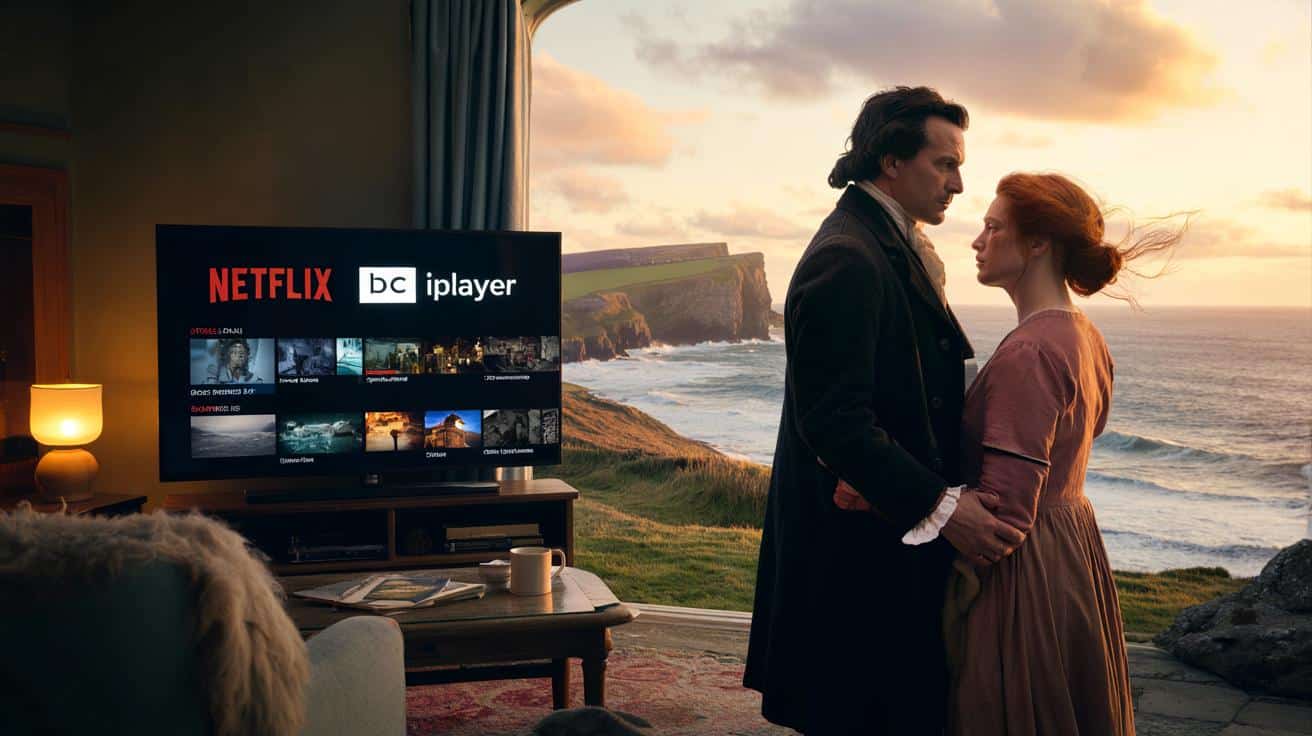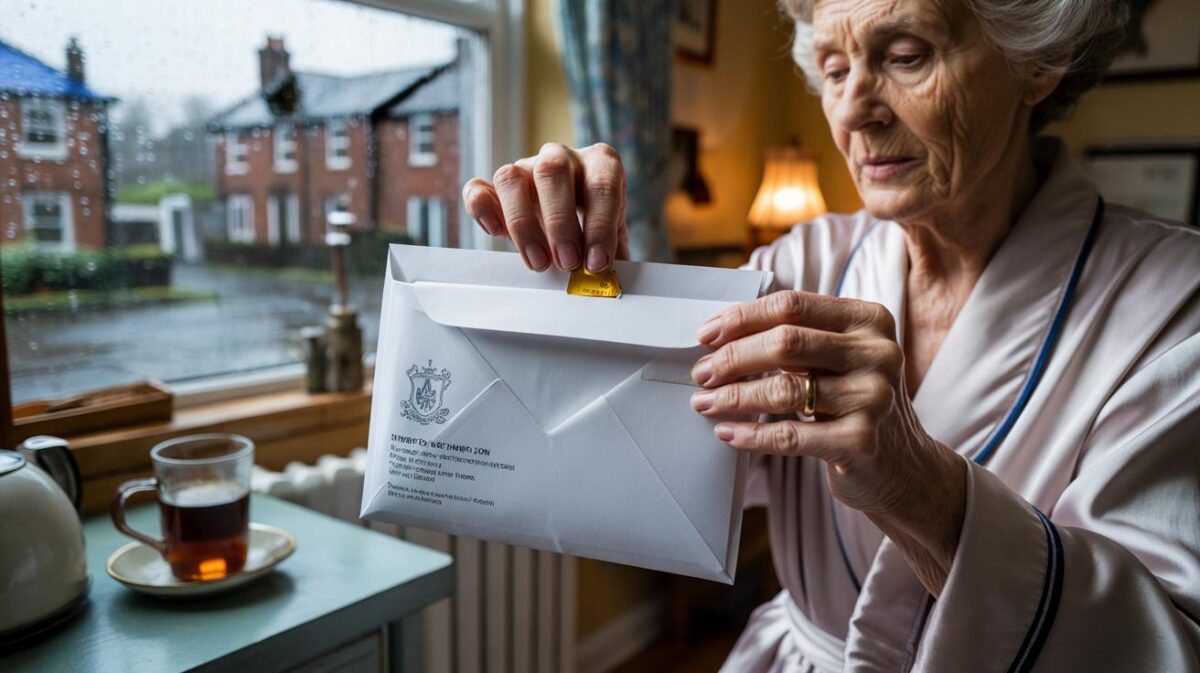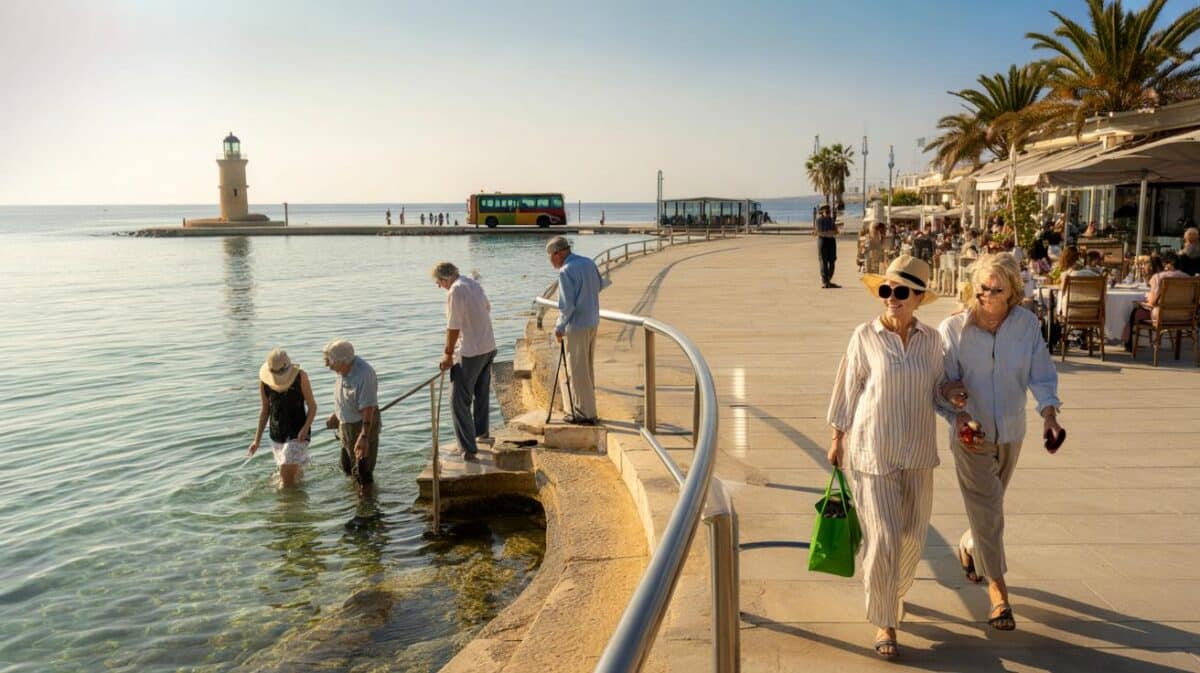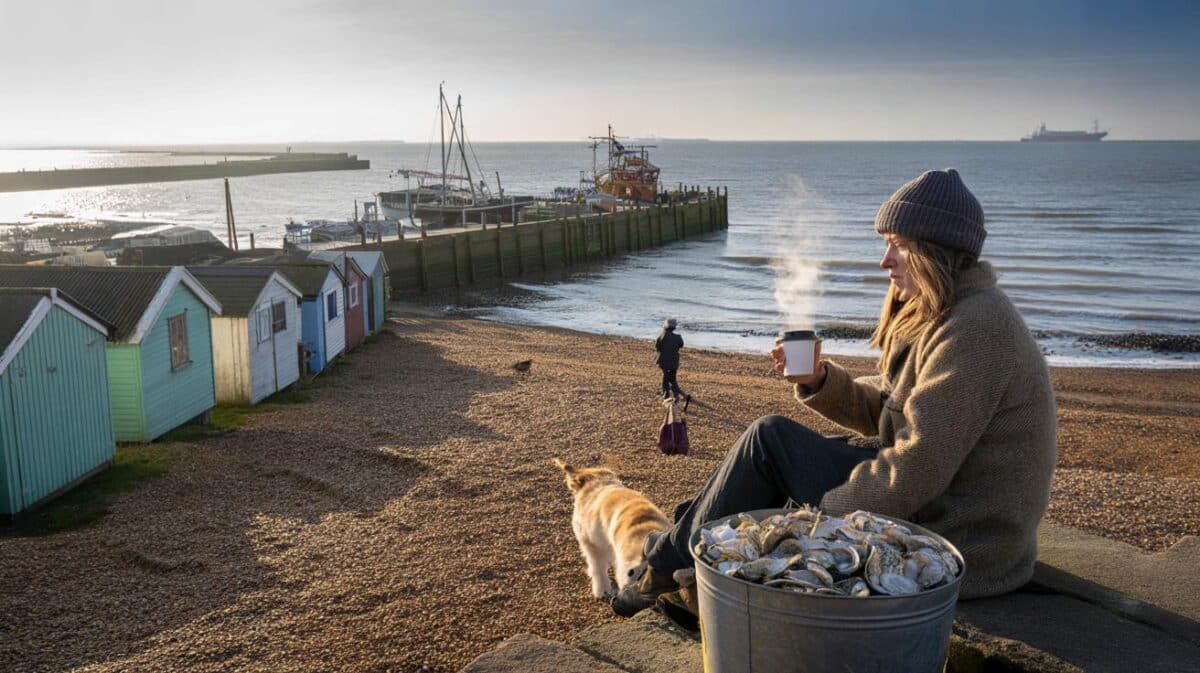New viewers are tuning in, long-time fans are rewatching, and a Cornish tale of grit and romance is suddenly back on everyone’s list.
Why Poldark is surging again
Poldark has returned to the spotlight with two simple lures: easy streaming access and word-of-mouth heat. The five-series BBC drama, adapted by Debbie Horsfield from Winston Graham’s novels, now sits on both Netflix and BBC iPlayer. That twin availability removes the biggest barrier to entry. You can press play tonight and stay put for days.
The story opens in late 18th-century Cornwall. Captain Ross Poldark, played by Aidan Turner, comes home from war to an estate in disarray, a derelict mine, and a former sweetheart engaged to his cousin. He hires Demelza, brought to life by Eleanor Tomlinson, and the pair spark a partnership that turns into marriage, ambition and conflict. Local gentry press their advantage, led by Jack Farthing’s calculating George Warleggan, while friends and rivals fight for work, dignity and love.
Poldark now streams on Netflix and BBC iPlayer. The run spans 5 series and 43 episodes, with an 89% critics’ score and an 8.3/10 audience rating.
From page to prime time
Winston Graham’s Poldark novels, spanning 12 books, supplied deep veins of plot and character. Horsfield keeps the brisk pace, while the show foregrounds Cornwall’s rugged coastline and the brutal economy of tin and copper. The result balances romance with real stakes: mine closures, debt, food shortages, class clashes and fragile livelihoods. The costumes frame the era, yet the dilemmas feel contemporary.
Fans highlight the craft. The cinematography uses natural light and sweeping clifftop vistas. Interiors feel lived-in, not lacquered. Dialogue snaps without turning arch. That polish feeds the series’s rewatch appeal, now amplified by streaming algorithms that funnel historical-drama fans straight into Ross and Demelza’s orbit.
The cast who keep the fires burning
Aidan Turner gives Ross restless energy, while Eleanor Tomlinson threads resilience and warmth through Demelza’s rise. Heida Reed’s Elizabeth carries delicate steel. Luke Norris grounds the medical and social trials as Dr Dwight Enys. Gabriella Wilde, Harry Richardson and Tom York broaden the younger cohort. The ensemble lets the show swing from drawing rooms to mine shafts without losing its grip.
- Lead duo: Aidan Turner (Ross Poldark), Eleanor Tomlinson (Demelza)
- Key players: Jack Farthing (George Warleggan), Heida Reed (Elizabeth), Luke Norris (Dr Dwight Enys)
- Creator and writer: Debbie Horsfield, adapting Winston Graham
- Setting: late 1700s to early 1800s Cornwall, amid mining booms and busts
- Themes: class, ambition, marriage, loyalty, the cost of progress
The numbers behind the buzz
Critical and audience metrics mirror the chatter. Rotten Tomatoes’ critics rate the series at 89%. IMDb users land on 8.3/10. That alignment tells you something: the show pleases reviewers and binge-watchers alike, a rare middle ground for costume drama. Social posts flag “masterpiece” levels of affection, while forum threads describe heavy tears and strong loyalty to the central couple.
| Series | Episodes |
|---|---|
| Series 1 | 8 |
| Series 2 | 10 |
| Series 3 | 9 |
| Series 4 | 8 |
| Series 5 | 8 |
| Total | 43 |
Planning a first watch? Pace yourself at three episodes a night and you’ll finish in a fortnight, with two evenings spare.
How and where to watch
The entire run is currently available on Netflix and BBC iPlayer. Subtitles and downloads make commutes and late-night sessions practical. Netflix’s “skip intro” function trims the small talk if you prefer to power through the arcs. iPlayer’s interface helps you keep the BBC context and production notes close by.
If you care about image quality for the cliff vistas and candlelit interiors, choose a screen with decent contrast. The production leans into darkness to fit the era. Night scenes look best in a dim room.
Your fast-track viewing plan
New to Poldark? This order keeps the emotional beats sharp and the political undercurrents clear:
- Series 1–2: establish the triangle, the mine stakes and the Warleggan feud
- Series 3: shifts in fortunes and family; watch the cliffhanger carefully
- Series 4: power, Parliament and reprisals collide
- Series 5: reckonings, legacies and a harder edge to justice
What fans are saying
Viewers praise the chemistry and the sweep. Many single out the location work and the score, which runs from stirring to stark. Several claim it as their standout period drama of the decade. Others love the blend of social grit with romance, saying the hardships feel grounded rather than ornamental. A regular refrain: the series looks expensive without smothering the performances.
Common feedback points to “captivating” pacing, standout production design and a bond with characters that deepens across the five-series arc.
New momentum, and a tease for the future
With streaming reigniting the fanbase, talk has turned to cast comebacks and spin-offs. Tom York has floated the idea of a return in about ten years, which fits the story’s time-leaps in the novels. Nothing is set, yet the appetite for more Cornwall intrigue feels real. Period dramas with intergenerational arcs often find new life when fresh viewers catch up in a burst.
Tips for reading the books alongside the show
Graham’s novels dive deeper into local politics and business mechanics. If you plan to read while watching, match the first four books with Series 1–2 to keep spoilers contained. Later volumes broaden the family tree. Expect plot differences; the adaptation compresses timelines and reshapes some supporting roles. That variation adds value rather than confusion if you enjoy comparing approaches.
Extra context for the curious
Cornwall’s mining history underpins the drama. Tin and copper prices swung wildly, creating instant fortunes and sudden collapses. Investment schemes, smelting monopolies and unpaid debts were not just narrative devices; they shaped real communities. The show nods to medical limits of the period, legal loopholes used by creditors, and the fragile rights of workers. Watching with that frame in mind sharpens the stakes of every boardroom and tavern scene.
If you want a companion watchlist after Poldark, try a mix for balance: a coastal documentary on Cornish heritage, a drama set in early industrial Britain, and a quiet character-led romance to cleanse the palate. That rotation keeps fatigue at bay during a long binge. Sensitive viewers may prefer spacing tougher episodes that tackle death, poverty and betrayal. A simple strategy helps: end each session on a quieter chapter rather than a cliffhanger.









Forty-three eps? Acceppted.